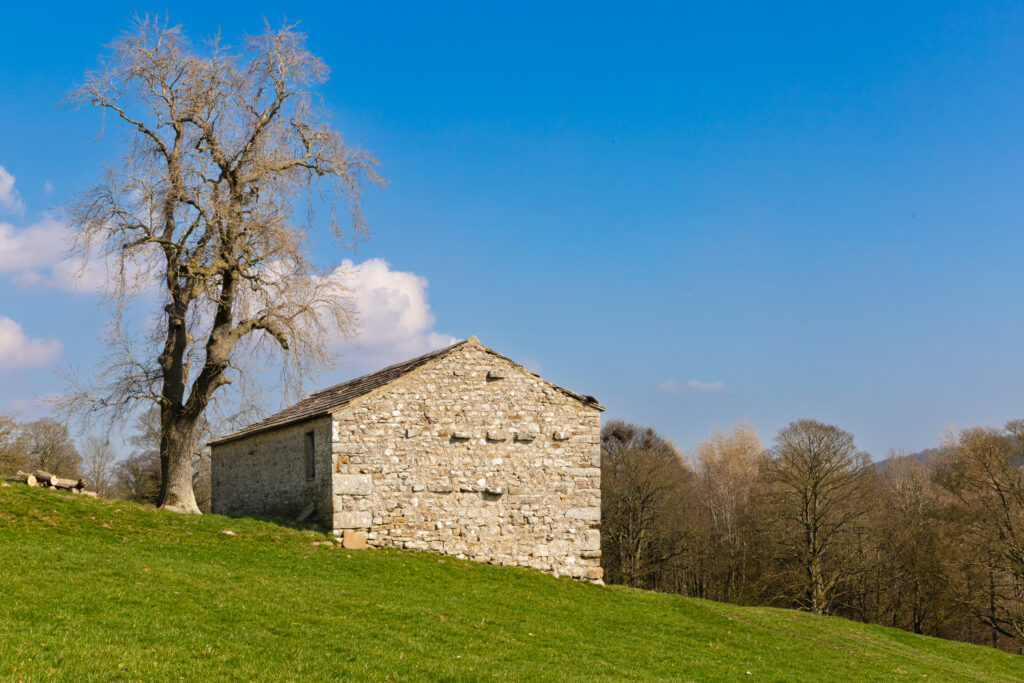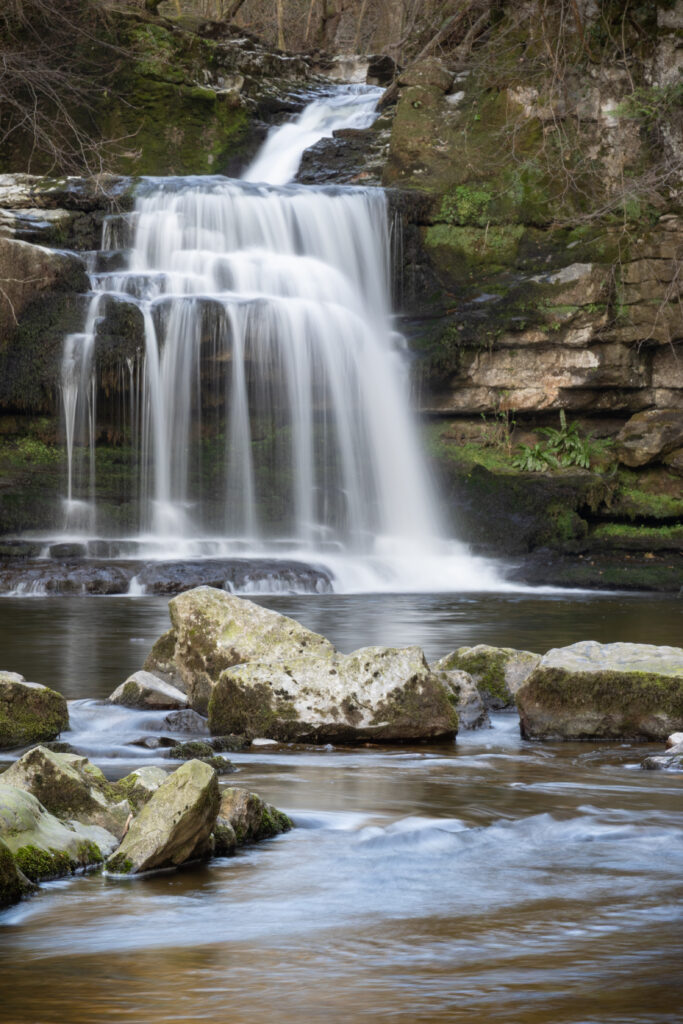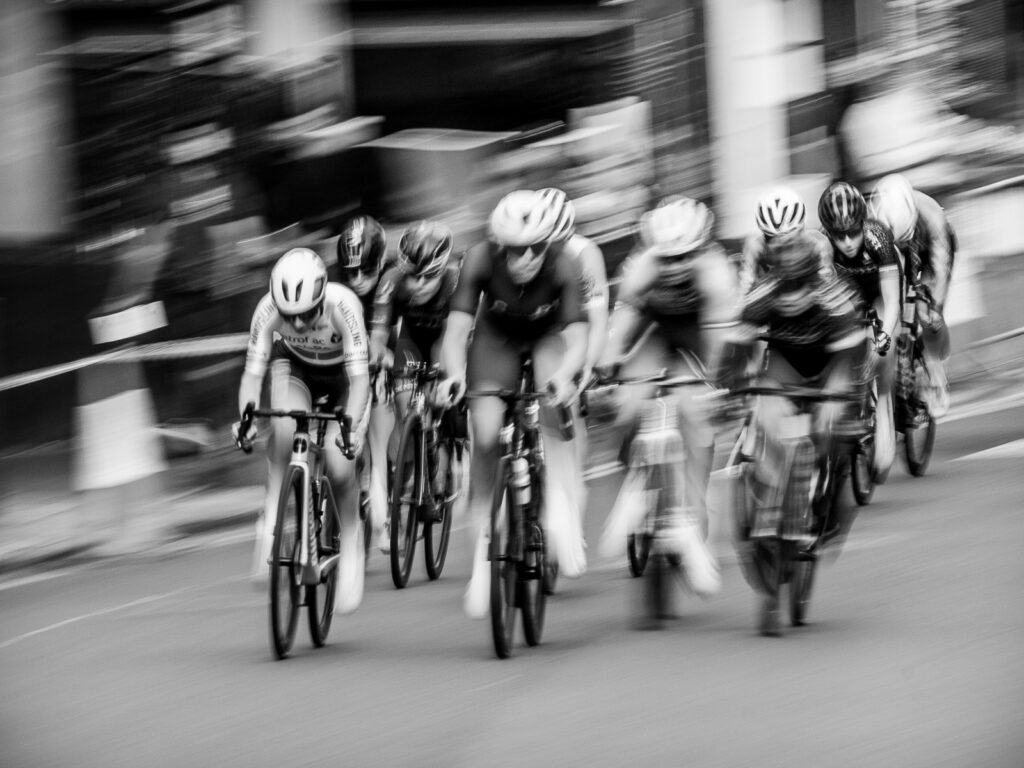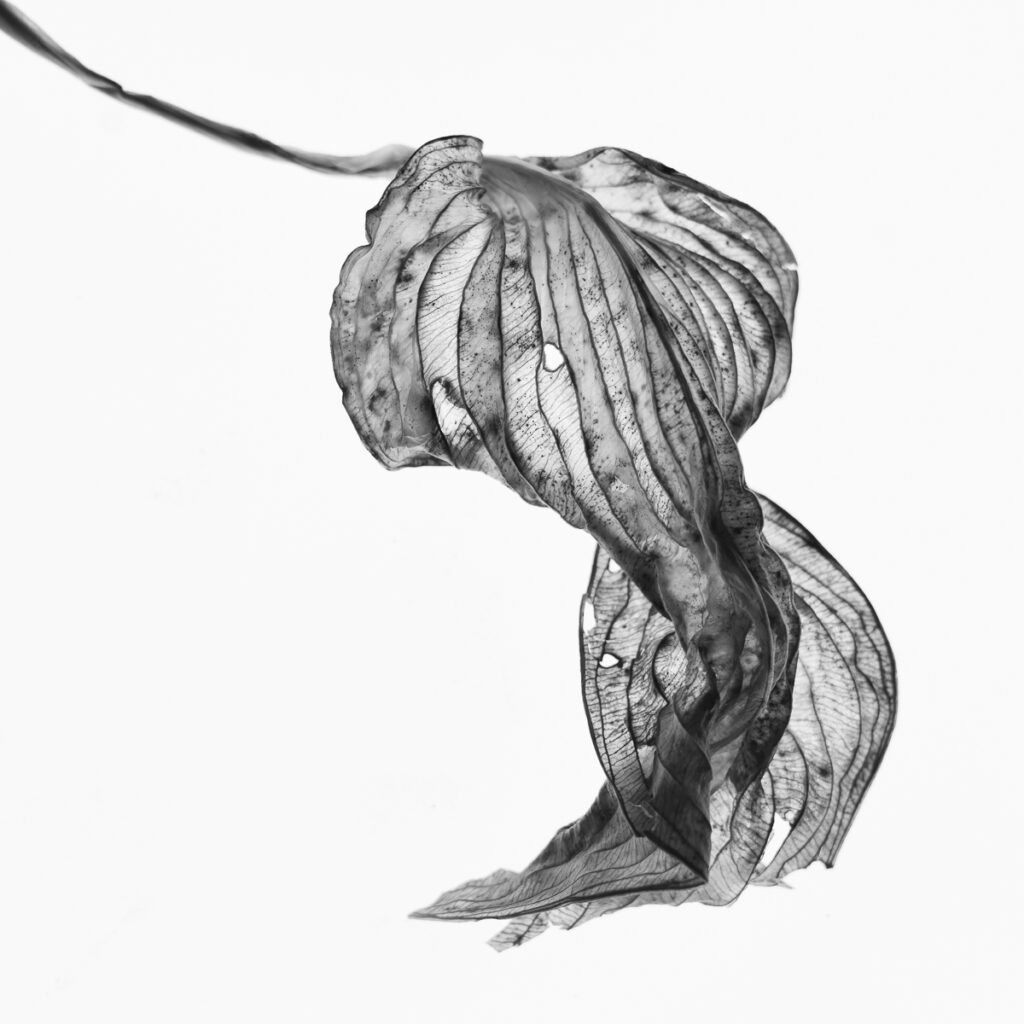Last night’s competition at Godalming Photographic Club was Landscape Print. I haven’t been able to take any photos recently, so I raided my catalogue. Both of these were taken in Yorkshire on a photo walk.

The judge reckoned this was too cyan. I did a quick edit of the original to remove some cyan, and it did look much more natural!

Taken near Aysgarth falls, but not at that location, this was a careful crop to remove the other photo walk participants. The judge noted that a slightly higher camera position would improve the relation between the foreground rocks and the waterfall.



